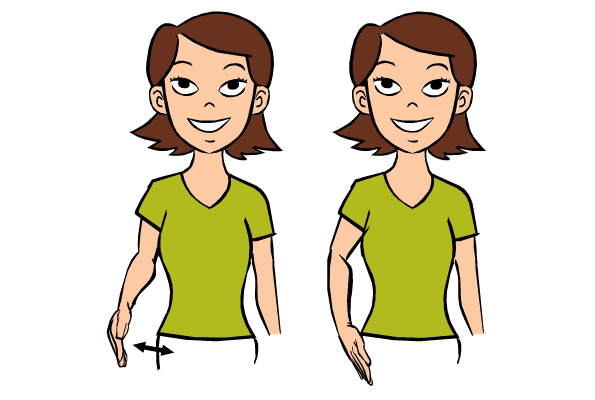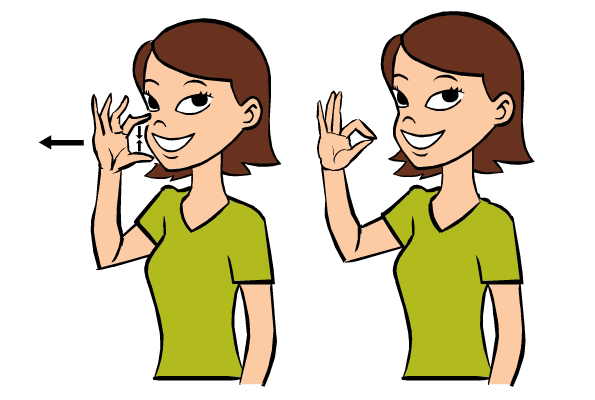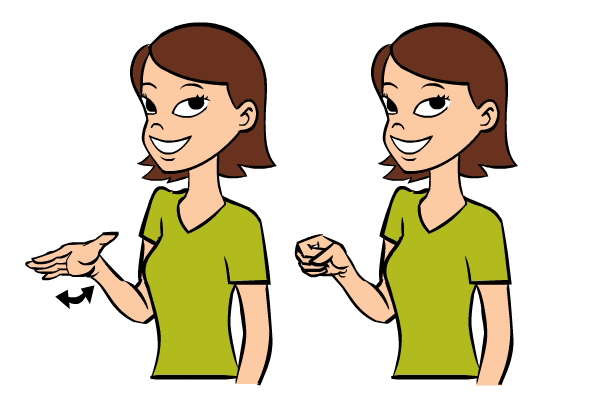“Baby sign language is the use of manual signing, allowing infants to communicate emotions, desires, and objects prior to spoken language development. With guidance and encouragement signing develops from a natural stage in infant development known as gesture.”
Infant sign language has many benefits. It allows preverbal babies to communicate their wants and needs effectively before spoken language development has been established, helping eliminate crying and frustration due to the inability to express their needs. The ability to sign basic words may also prove helpful in boosting communication and providing a “bridge to the spoken word.” It may also facilitate the acquisition of verbal and written forms of communication later on.
Early exposure to signing helps babies develop their language and reasoning skills. Signing to your baby also helps them improve their eye-hand coordination and it helps stimulate their brains! Studies show long term benefits include larger speaking vocabulary and ability to form longer sentences, earlier reading and larger reading vocabulary. A lot of parents are against screen time but if your not check out sign time videos.
Babies who learn baby sign language are also thought to gain psychological benefits, such as improved confidence and self-esteem. Feelings of anger due to an inability to communicate may not occur as often. Parents also say that signing is rewarding and aids bonding because of the need to make more eye-to-eye and tactile contact. When you and your baby are able to communicate, it forges a closer bond. Studies report the emotional benefits of signing include:
* Parents and children that sign report feeling closer and more in touch with one another
* Babies that sign have fewer moments of distress
* Parents report feeling better about themselves and more confident about parenting
Some babies can learn simple signs as early as 6 months, your baby may not be able to sign back to you until 8 or 9 months old, when hand control has been well established. You can still sign to your baby if they are not able to sign back just yet!
When first starting off with baby sign language, you will want to start with only a few simple signs that you will repeat over and over. Do not try to do too many signs at once. Once your baby learns those first few signs, you can start teaching them more signs. Start with signs you will use frequently and that are compelling to your baby. Here are some examples:
Family members and friends: signs referring to important people in your baby’s life are early favorites.
Food signs : eating is a huge part of your baby’s life, learning food signs are useful to help your baby signal when they are hungry in a constructive way without fussing. Useful signs include: milk, eat, more, all done.
Pets and animals: pets are of great interest to babies. You can capitalize on this natural interest, so if you have a family pet these make great starter signs.
Every day items and activities: babies are always interested in the world around them and what you are doing. You can involve your baby in daily activities by signing to them. You can also help baby transition from one activity to the next by teaching an “all gone” sign. Useful signs to teach include: bath, potty, change, all gone, sleep, help.
 “Mom”
“Mom”





“Eat” “More”
“More”
 “All Done”
“All Done”
